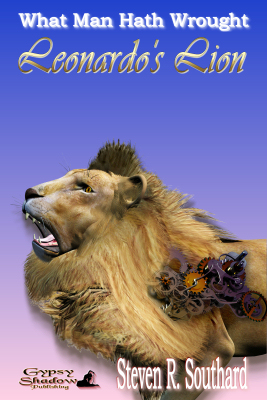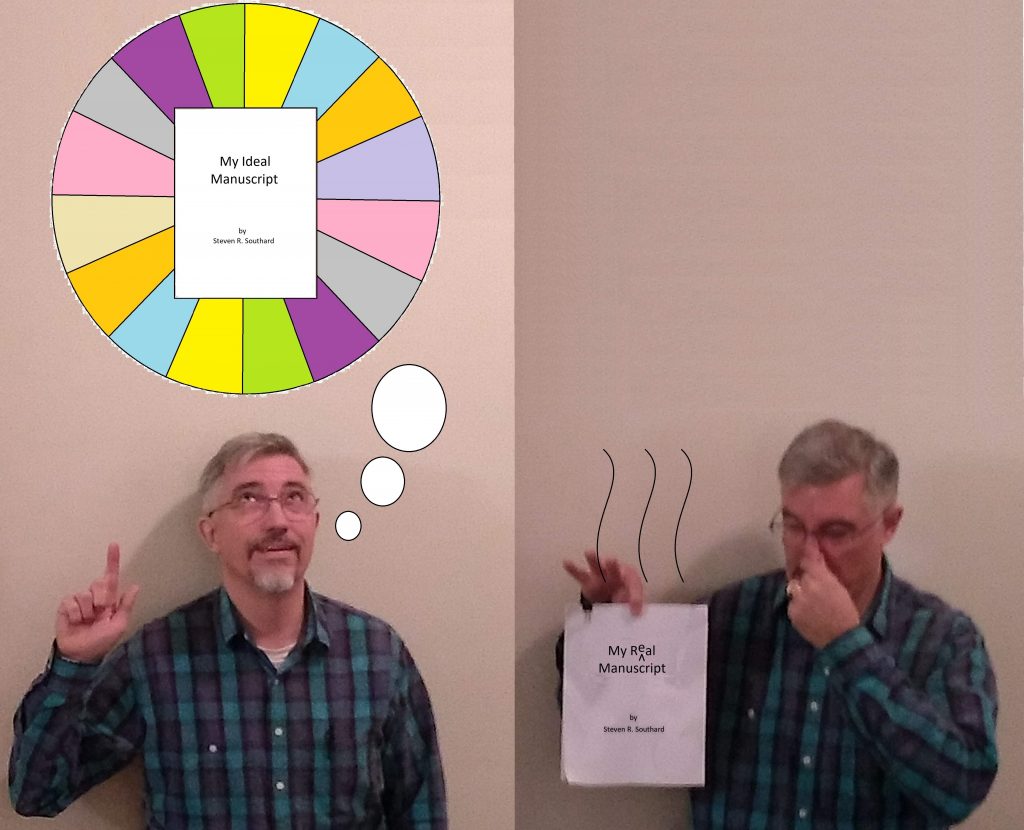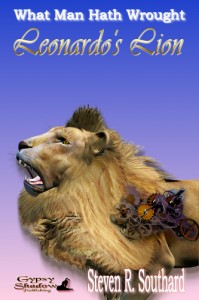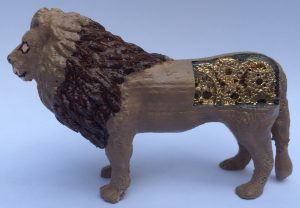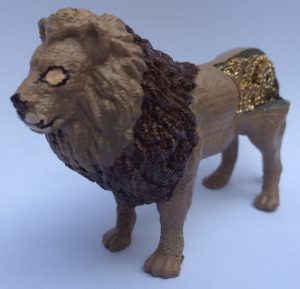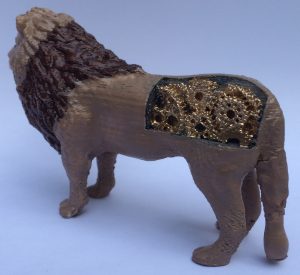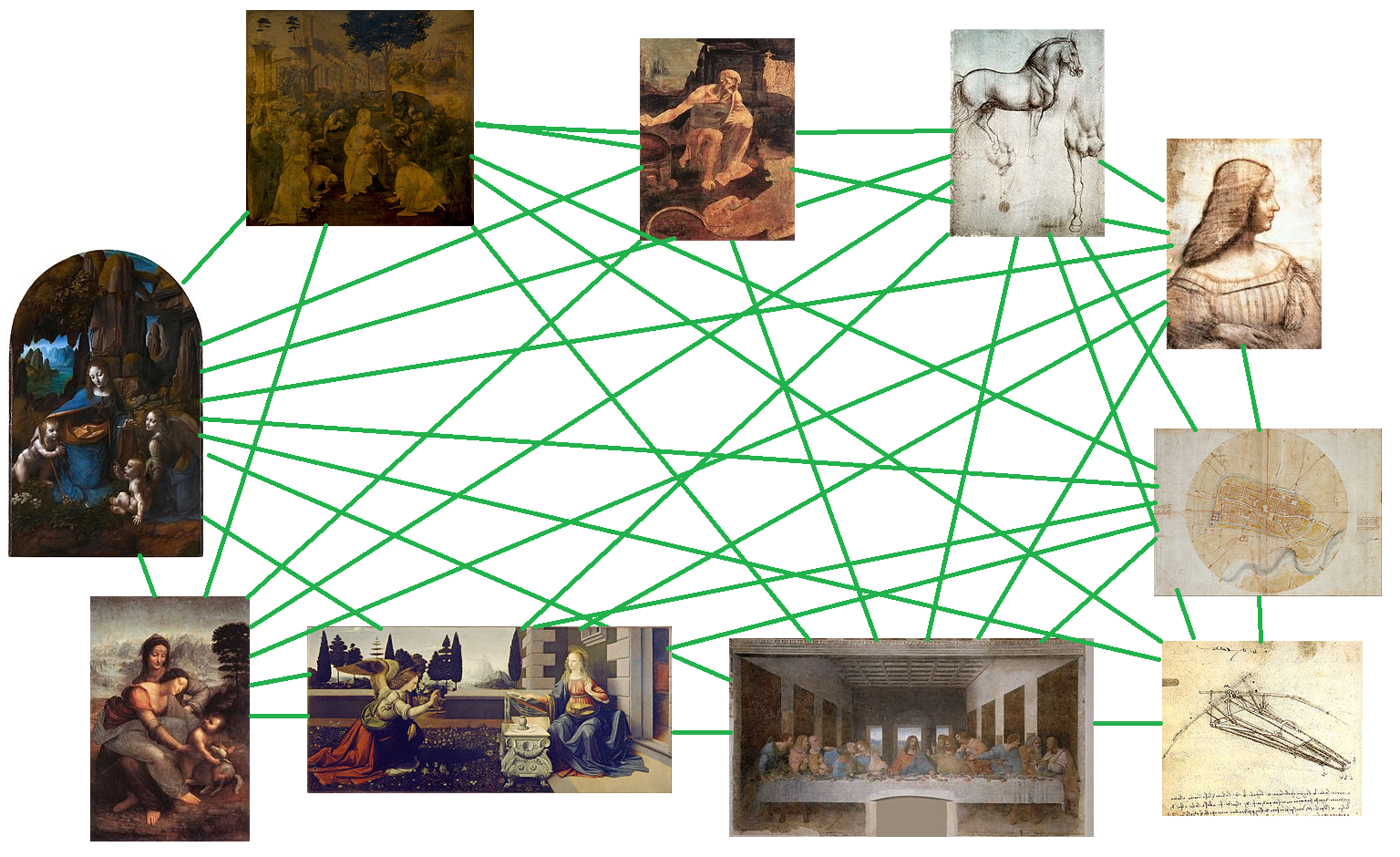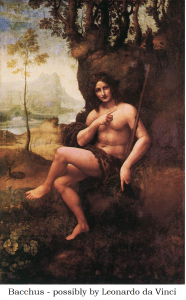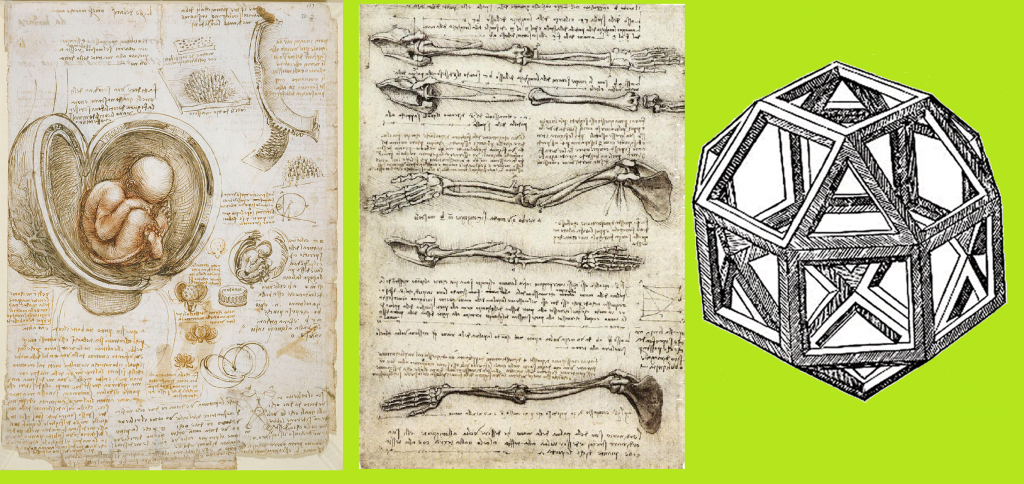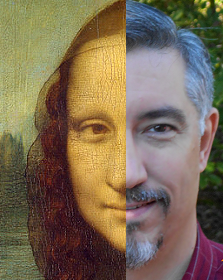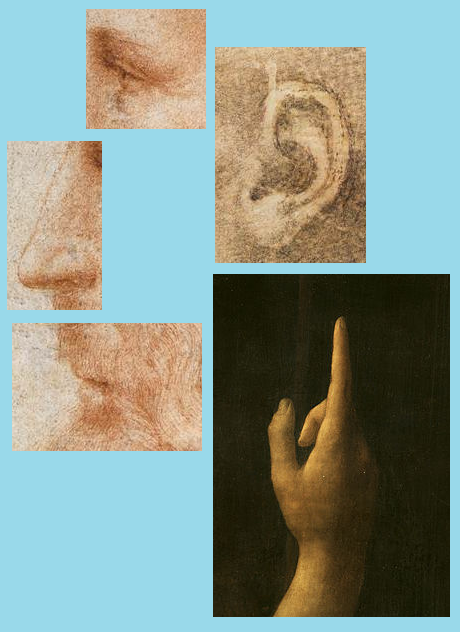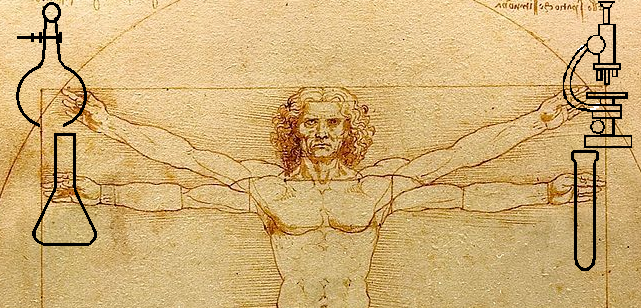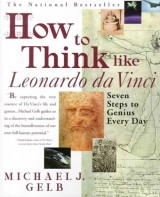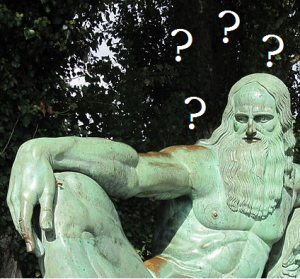Who could have guessed Leonardo da Vinci left secrets underground?
Me, that’s who. First, here’s what really happened.
Reality
In the 1490s, the duke of Milan, Ludovico Sforza, hired Leonardo to decorate Sforza Castle with artwork, and he complied. Since then, and down through the centuries, rumors persisted of hidden underground passages, secret corridors running beneath the castle.
Leonardo documented these tunnels, using his mirror-style writing. Much of his writings got combined into five notebooks, then bound into three volumes. English biographer John Forster (1812-1876) bequeathed the volumes to the Victoria and Albert Museum in London where they’ve been called the Codex Forster. Codex Forster 1 describes the mysterious tunnels beneath the castle.
Recently, Polytechnic University of Milan, the company Codevintec, and Sforza Castle teamed up and employed laser scanning and ground-penetrating radar to determine the truth about the rumored passages.
You guessed it. They found a network of subterranean corridors, just as da Vinci described. Read about their discovery here and here.
Fiction
In my story, Leonardo’s Lion, I extrapolated from a known truth about da Vinci. In 1515, he built a mechanical lion to entertain King Francis I of France and the monarch’s guests. My fictional tale takes place over half a century later, when Chev, a ten-year-old boy, discovers the lion in a royal storeroom. He’s able to operate it and even ride it, and soon embarks on a strange and dangerous mission. His quest leads him many leagues through a French countryside devastated by religious war. Chev finds Leonardo’s greatest secrets hidden underground, and these mysteries could affect the future of all humanity.
Reality Catching up with Fiction
It’s taken awhile for researchers to discover what I suspected when I wrote Leonardo’s Lion. Still, I must admit they didn’t find the underground vault mentioned in my tale, nor were the tunnels anywhere near my story’s location in France.
If you’re interested in exploring Leonardo’s secret underground mysteries, you can’t roam the passageways beneath Sforza Castle. To my knowledge, they haven’t been excavated yet. However, you can read my story. It’s available for purchase here.
A fiction writer with occasional flashes of clairvoyance, I’m—
Poseidon’s Scribe


